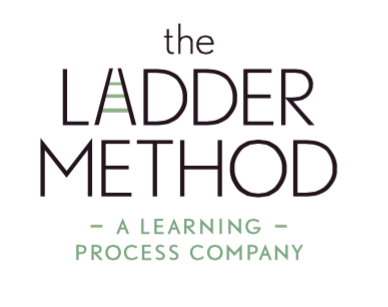How You And Your Child Can Combat Bullying
Though many schools have worked to address it, bullying still remains a major issue that children face daily. The United States Government defines bullying as “…unwanted, aggressive behavior among school-aged children that involves a real or perceived power imbalance. The behavior is repeated, or has the potential to be repeated, over time.”
According to the US Department of Justice, more than one-third of students reported being bullied at some point in their educational careers. Additionally, 30% of students reported that they have bullied another student at some point during their school years. These statistics suggest that the cycle of bullying mirrors any other cycle of trauma or abuse; students who get bullied are more likely to bully others.
The effects of bullying on children are quite astounding and can be serious. Victims of bullying may have higher rates of depression, anxiety, self-doubt, low self-esteem, and even suicidal thoughts. Several studies have linked bullying to future PTSD symptoms and it can also be a marker of substance addiction.
As a company that specializes in mentoring youth, this issue is very close to our hearts. Since October is National Bullying Prevention Month, we wanted to help equip you with the right resources to identify the signs of bullying and how to help if your child is being bullied.
The Signs:
Bullying is a damaging and personal issue for students to go through. It’s so damaging and personal that they are often hesitant to tell adults about it due to a combination of embarrassment, shame, and fear of retribution from the bully. Therefore, the physical and behavioral signs may be easier to notice rather than verbal communication from your child.
Physical Symptoms:
Cuts and bruises that your child is hesitant to tell you about
Damaged clothes or belongings
Physical symptoms may be obvious but behavioral signs and changes are a little harder to see.
Behavioral Symptoms
Trouble sleeping or sudden change in sleep patterns
Change in eating patterns; either over-eating or under-eating
Rapid mood swings
Illness in the morning or hesitation about school
Withdrawn attitude
Many of these symptoms mirror the signs of anxiety and depression because bullying can often be the trigger for these mental health issues.
How to Help:
Talk it Out:
If you notice these signs, your first step should be to talk to your child. When you talk to your child, it’s important to remain calm to ensure they feel comfortable enough to share. Finding out that your child has been hurt is painful but it’s crucial your child feels heard when you have this conversation. Keeping your emotions and reactions in check in favor of listening is a crucial first step.
Although you are listening to your child, if you had dealt with bullying as a child, it can be very powerful for your child to hear about it and see that you can empathize with them. In that regard, have your child be involved in the process to end their bullying. When you get in touch with the school, let your child know the timeframe for that. Get them involved in researching any information you might need.
Bullying usually occurs to get a response out of the victim. The responses that satisfy the bully’s need to inflict harm are borne out of a lack of self-confidence. So, when addressing bullying with your child, Sue Atkins, former deputy head and parenting coach, says to make sure to build up their confidence as well. This could take the form of reassuring them that it’s not their fault, role-playing scenarios where they do not respond to the bullying, and helping them join or get further involved in an activity that makes them feel good about themselves.
The next step is to get in touch with a school administrator. However, many students will express to you that their bully has threatened them with further harm if they come forward. This fear is valid and you should treat it as such. When you do sit down with the school make sure you have all the facts heading into your appointment and don’t be afraid to express your child’s fears and concerns. Most schools will have an anti-bullying policy and staff members experienced with the delicate nature of these issues.
Bystanders:
There are three roles in a bullying situation: the bully, the bullied, and the bystanders. Bystanders are both the problem and the possible solution in a bullying event.
Bystander intervention is one of the most effective ways to stop a bullying event. Studies have shown that when a bystander intervenes, bullying stops within ten seconds nearly 57% of the time. Bystander intervention can take many forms. It can be as direct as confronting the bully about their behavior, as subtle as changing the subject of a conversation or reaching out to the victim. Anything that lets the victim know that they don’t deserve it and that the behavior is not accepted by the group is beneficial.
Even if your child is not the bully or the bullied, it’s still very important to discuss bullying with them. It’s plausible they have witnessed bullying at school or will at some point during their school years. Encourage them not to be a bystander and tell them how crucial it is to stand up for someone. With open and loving dialogue between you, your child, and their schools we can begin to address this systemic issue.
Sources:
National Centre Against Bullying
